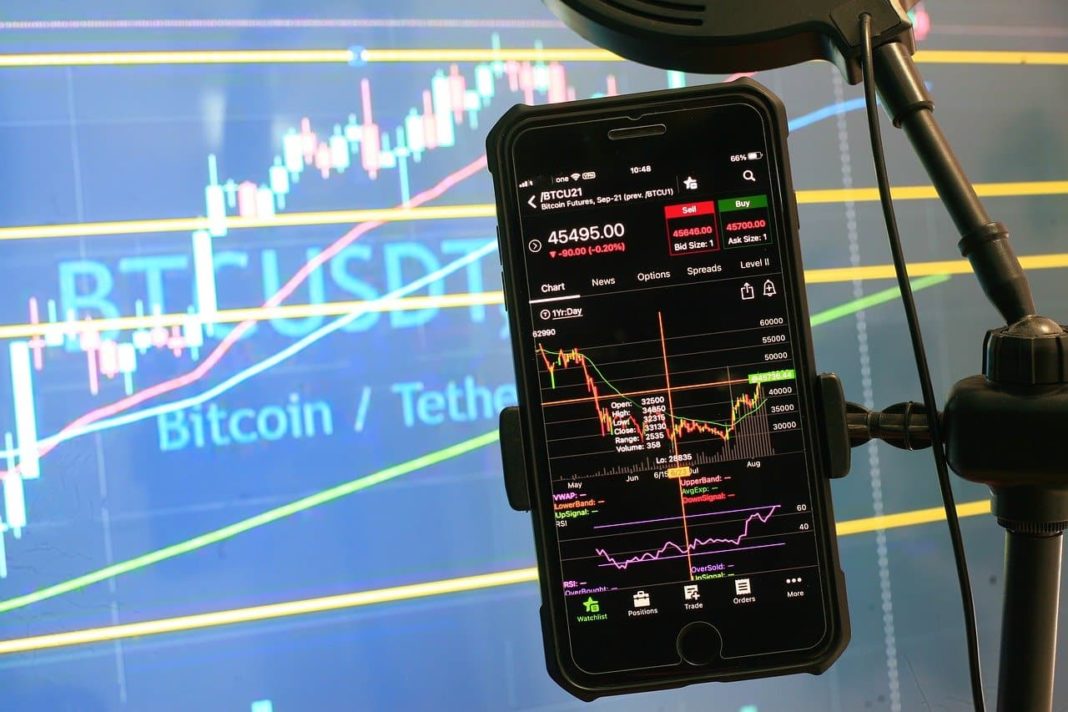With inflation rising sharply in the United States, analysts are predicting at least six hikes in the Federal Reserve’s key rate to 1.50%. The move will bring an end to pandemic-era policies that had flushed the market with cash and spurred a near two-year rally in risk-driven assets.
Higher inflation drives up the cost of living, which in turn could affect the investing potential of retail investors, who were a key player in crypto’s astronomical rally last year.
Crypto has also struggled to act as an effective inflation hedge this year. U.S. consumer price inflation surged 7.5% at an annual rate in January, while Bitcoin, a bellwether for the market, shed 18%.
“Rising interest rates and the depletion of private savings will play against the cryptocurrency market, setting the “crypto winter” up again along the lines of what we saw in 2018,” says Alex Kuptsikevich, a senior financial analyst at FxPro.
But Kuptsikevich noted that this was a more mature market than last time- one with “periods of more measured growth,” but also “fewer deep declines.”
Crypto Winter Alike 2018; Vitalik Buterin Welcomes Downslide
In 2018, after rallying to nearly $800 billion in value, the crypto market saw a sharp decline, and stayed below $400 billion until early-2021.

Currently, the market is at about $1.8 trillion in value, a full $1 trillion down from a lifetime high hit in November. Earlier this year, Swiss bank UBS had also warned of a sharp fall in crypto markets this year, adding that volatility in the market made it unappealing to investors.
In an interview with CNBC, Huobi CEO Du Jun had said he did not expect a Bitcoin bull run until at least late-2024 or early-2025, adding that the currency was likely in a process of halving its price.
FxPro’s Kuptsikevich said that a dip towards $20-25,000 could help in attracting more investors to the market, although a fall to $30,000 seemed more likely.








